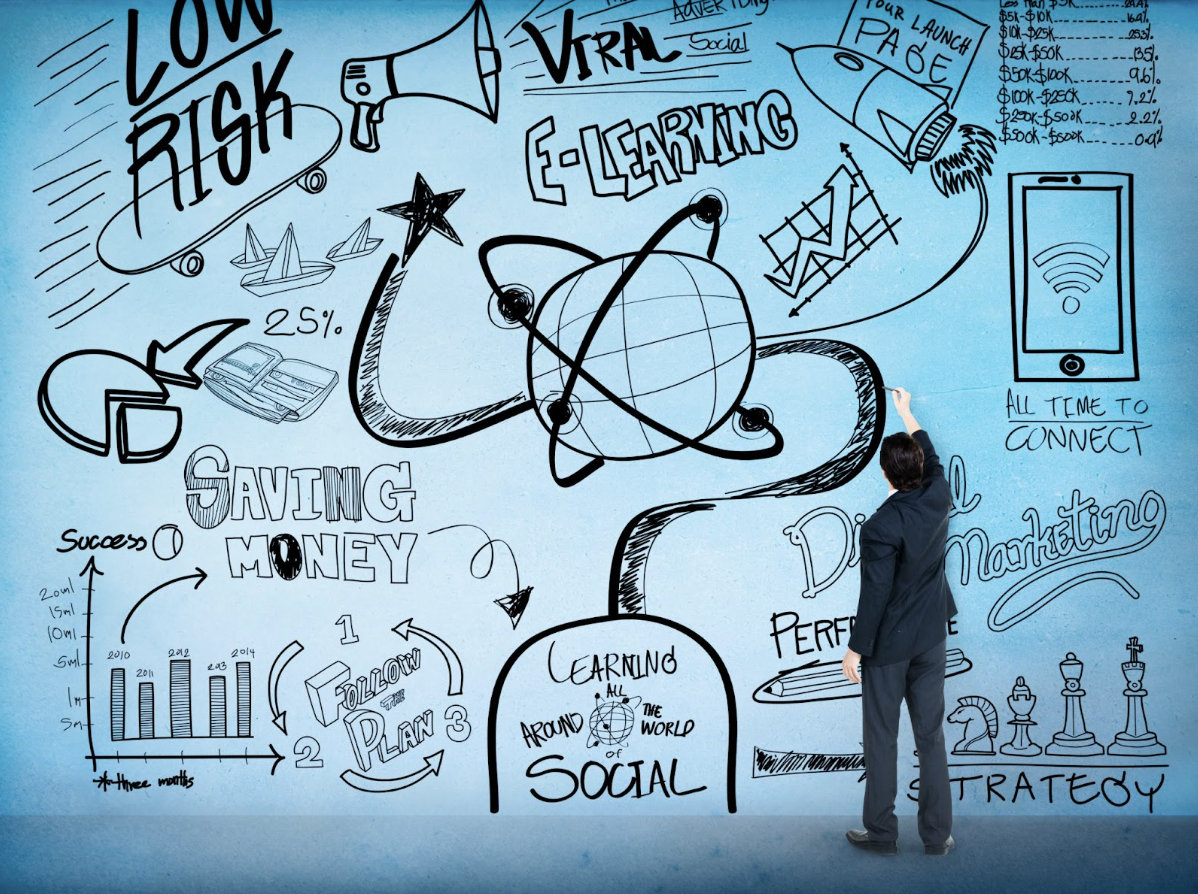
Modernizing your eLearning Courses for the Digital Age
In today’s post-covid, remote-working, fast-paced, competitive market, eLearning has become an indispensable tool for organizations to train their employees and keep them abreast of the most recent technologies and skill sets in real-time. Even so, as technology evolves, so must the approach to eLearning. In the past two years, an increasing number of organizations have begun the digital transformation of all processes, with many also modernizing their eLearning courses. With remote and hybrid working models in place, the need for a robust eLearning strategy to monitor, train, and up-skill employees has dramatically increased. Multiple organizations are emphasizing the development of personalized learning solutions to meet the rising demand. In fact, the global e-learning market is anticipated to reach a staggering $1 trillion by 2028, expanding at a CAGR of 20% from 2022 to 2028. To keep up with the increasing innovation, technological advancement, and relevance of content in accordance with market trends, it is critical to dive into e-learning content modernization sooner rather than later. Here are the top five reasons why organizations must update their eLearning programs:
#1 Content formats have changed significantly
Frequently, outdated and complex e-learning courses last for hours. Today’s employees require short bursts of knowledge so that they can quickly comprehend and absorb the information. It has been demonstrated that slicing up lengthy courses into bite-sized chunks is more effective and enables learners to quickly achieve their learning objectives. The availability of micro-learning modules for outdated and lengthy courses offers numerous benefits to organizations seeking to transform their learning culture, as it encourages curiosity and increases learner engagement.
#2 Helps to stay updated on compliance requirements
Technology advancements, product innovation, and rising market demands render legacy e-learning courses obsolete. Employees must receive up-to-date information and training for a business to grow and meet regulatory requirements. For example, the healthcare industry must comply with numerous regulations, such as HIPAA and the FDA. Modernizing legacy e-learning courses and content enables organizations to stay abreast of new regulations requiring accessibility and standards compliance support. In addition, modernizing outdated e-learning content enables businesses to better educate their employees on the most recent methods and techniques that can improve workflows and business processes.
See how Adeptus helped a leading US-based consulting firm to enable their employees to find the right content across internal systems during their initial months of onboarding.
#3 Interactive learning boosts employee engagement
It is crucial to utilize technologies such as extended reality and AI/ML to make courses more interactive and responsive in order to enhance and make learning more enjoyable. Modernization of content facilitates a personalized learning experience. Using gamification elements such as intuitive quizzes related to the lesson or providing an appropriate visual learning experience helps to reduce training time and provide an immersive learning experience.
#4 Helps to keep up with technology
Because technology is advancing at such a rapid pace, many new tools are emerging that enhance the functionality of those already in use. The rise of digital technologies has altered the delivery, interpretation, consumption of learning and tracking, over the past few years. The most important aspect of modernizing e-learning content is making it resilient to future technological disruptions.
Suggested Read: eLearning: A Multi-pronged Approach for a Future-ready Organization
#5 Learner retention depends on the content format
Text-based e-learning courses have outdated visuals and audio, a dated user interface and design, and a lack of instructional and learning concepts. Enhanced graphics, charts, and statistics in e-learning content facilitate learning and comprehension. By providing learners with accurate and up-to-date audio and video recordings, content modernization also improves the learning curve and enhances their comprehension of the subject. Visual and audio learning enhances learning and comprehension by providing a human-like experience of descriptive learning. This also improves employee productivity, knowledge, and access to more learning and skill-upgrading opportunities.
Conclusion
The modernization of e-learning content necessitates organizations to adopt a culture of technology inclusion, continuous learning, and improvement. In addition to these five reasons, many other factors, such as learners’ changing habits and the need to bridge the skills gap, make modernizing e-learning courses an urgent necessity. Adeptus Tech has assisted several organizations in determining their modernization strategy based on their business needs to maximize efficiency and productivity. Contact us to find out how we can help you.
